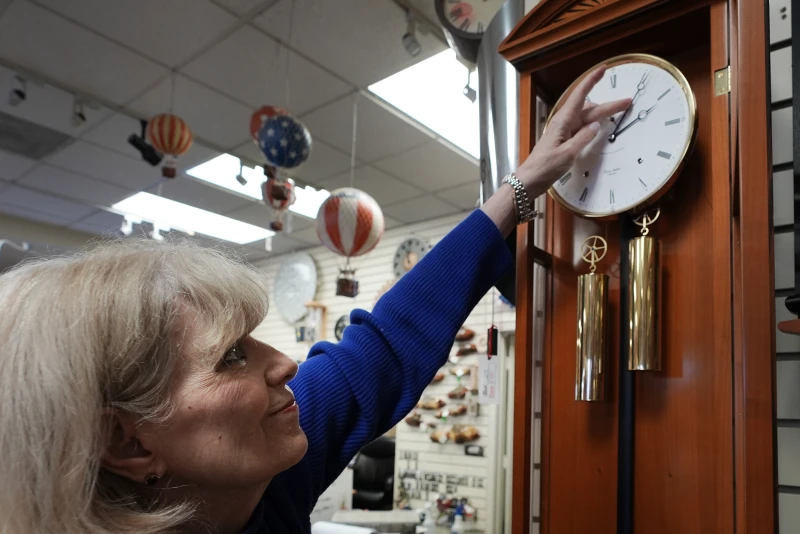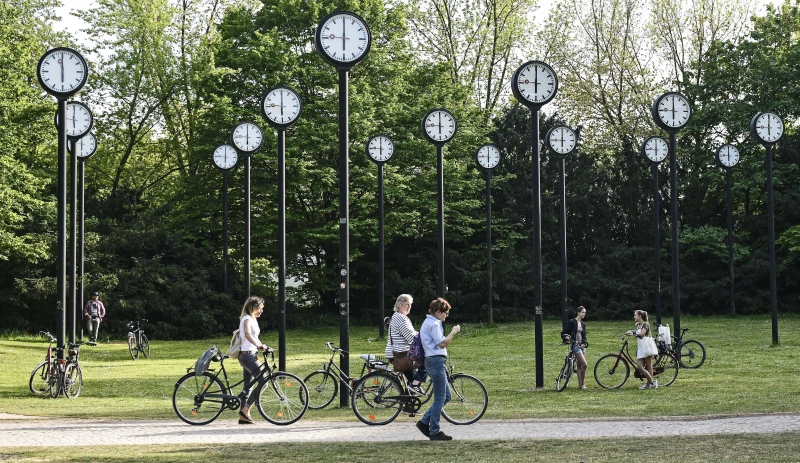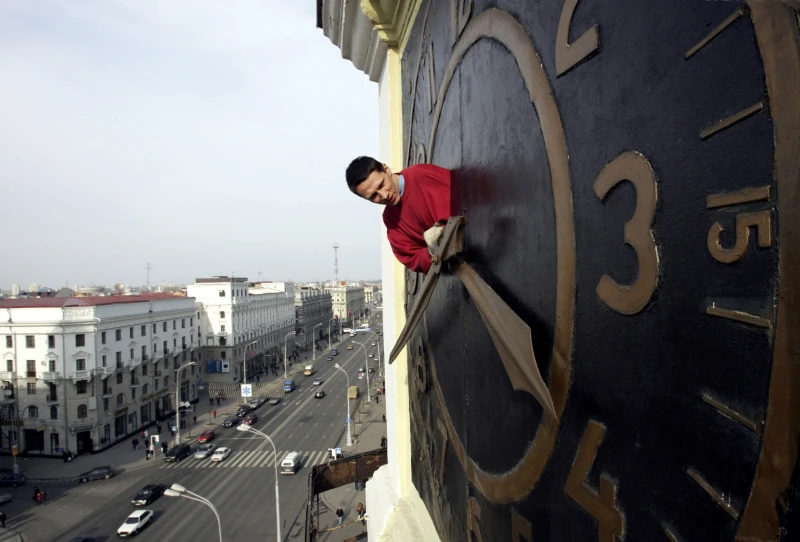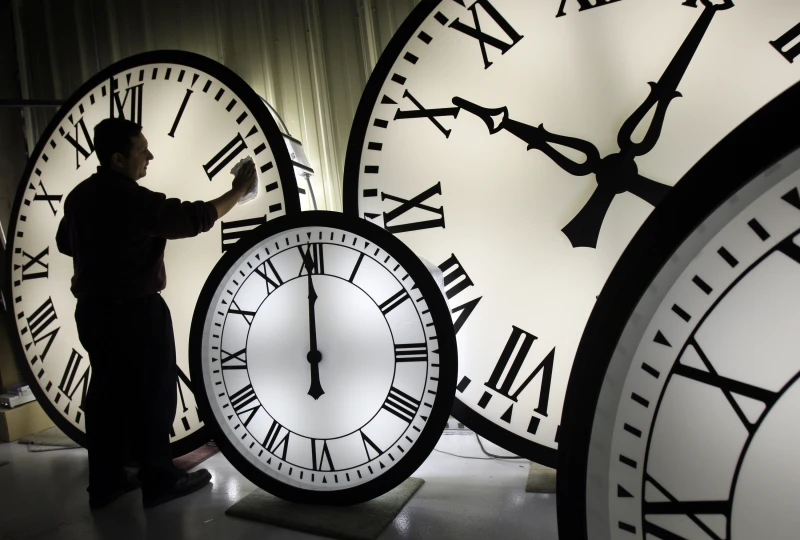The practice of daylight saving time, where clocks are adjusted forward in the spring and back in the fall, has become a familiar routine for most Americans. This biannual time change not only affects our schedules but also impacts our relationship with sunlight and the outdoors.
The origins of this practice can be traced back over a century, with a rich history that involves global events, human behavior, and the pursuit of maximizing daylight hours.
The concept of daylight saving time was first proposed by George Vernon Hudson, an astronomer and entomologist from New Zealand, in the 1890s.
Hudson suggested the idea of shifting time in order to extend daylight hours during the spring and fall seasons. Around the same time, British home builder William Willett also advocated for a similar time adjustment to ensure that people could make the most of the morning sunlight.
Despite these early proposals, it took some time for the idea to gain widespread acceptance and implementation.
The adoption of daylight saving time gained momentum during World War I when Germany introduced the practice as a means to conserve energy.
Other countries, including the United States, soon followed suit, seeing the potential benefits of adjusting the clocks to align with the natural daylight patterns.
During World War II, the U.S. once again embraced daylight saving time on a national scale, this time maintaining it throughout the year under the label of “war time.”
Today, approximately 70 countries around the world, accounting for about 40% of the global population, observe daylight saving time. While the practice may disrupt our internal clocks initially, the extended daylight hours in the evenings offer numerous advantages.

Anne Buckle, a web editor at timeanddate.com, highlights the positive impact of daylight saving time on outdoor activities, exercise, and family time. The opportunity to enjoy bright evenings after work enhances our quality of life and encourages community engagement.
The debate surrounding daylight saving time continues, with critics questioning its relevance in modern society and its actual impact on energy conservation.
Despite the ongoing discussions, the tradition of adjusting our clocks twice a year remains a constant reminder of our evolving relationship with time and nature.
As we prepare to spring forward and embrace longer daylight hours, let us reflect on the historical roots of this practice and the ways in which it shapes our daily routines and interactions with the world around us.
Daylight saving time, a practice observed by most states in the United States and various countries around the world, has long been a subject of inconsistency and confusion.
The history of daylight saving time in the United States is marked by a patchwork of timekeeping practices post-World War II, leading to a myriad of different start and end dates for the time change across different regions.
This lack of uniformity resulted in confusion among residents and travelers, with instances where individuals had to adjust their watches multiple times during a single journey to maintain accuracy.
In response to this chaos, the U.S. Congress passed the Uniform Time Act in 1966, which mandated that states could choose to either adopt or forgo daylight saving time, but the practice must be implemented statewide.
The Act also standardized the start and end dates for daylight saving time across the country, aiming to streamline the process and reduce confusion.
Despite these efforts, instances of time-related chaos still occur, as seen in the case of Lebanon’s last-minute decision to delay daylight saving time, leading to widespread uncertainty and disarray among the populace.

The debate over the necessity of changing clocks twice a year continues, with calls for either permanent standard time or daylight saving time gaining traction.
Past experiences, such as the U.S. experiment with year-round daylight saving time during the 1970s energy crisis, highlight the challenges and drawbacks of such changes.
The disruption caused by having the sun rise late in the morning during winter months proved unpopular among Americans, emphasizing the importance of considering the practical implications of altering timekeeping practices.
Despite the controversies surrounding daylight saving time, early adopters like the Canadian city of Thunder Bay have embraced the practice for its benefits.
By shifting to the eastern time zone and observing daylight saving time, Thunder Bay enjoys extended daylight hours in the summer, creating opportunities for outdoor activities and enhancing the quality of life for residents.
The long summer days, with the sun setting as late as 10 p.m., provide a stark contrast to the city’s cold, dark winters, offering a unique lifestyle that residents cherish.
In conclusion, the history of daylight saving time is marked by a mix of confusion, debates, and regional variations.

While the practice has its challenges and drawbacks, it also offers benefits in terms of extended daylight hours and opportunities for leisure and recreation.
As discussions on the future of daylight saving time continue, it is essential to consider the practical implications and societal impacts of any changes to ensure a smooth transition and a positive outcome for all stakeholders involved.
